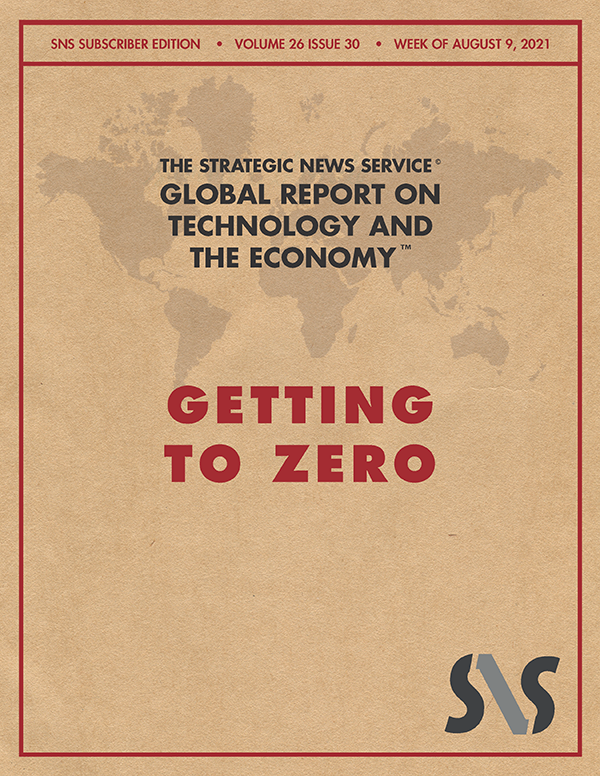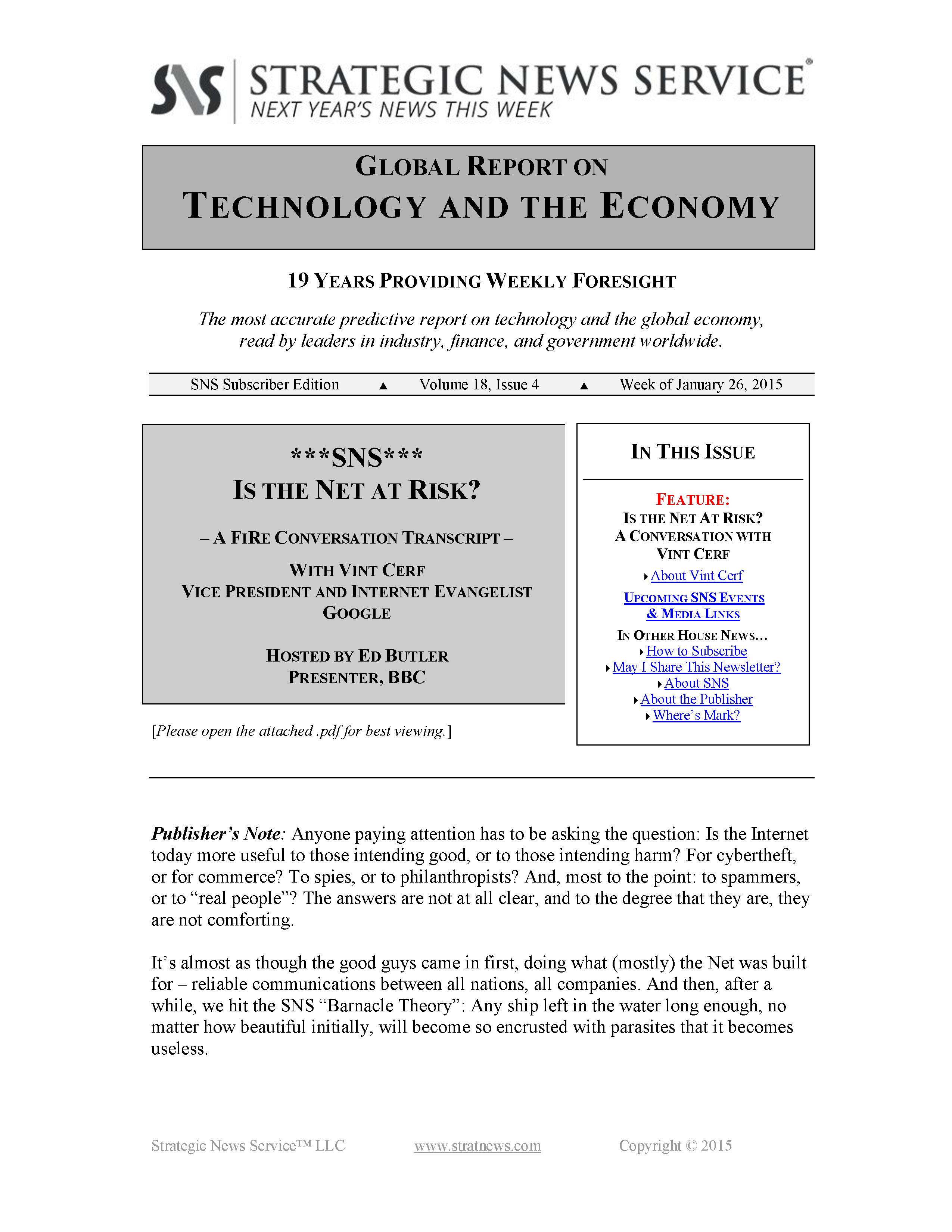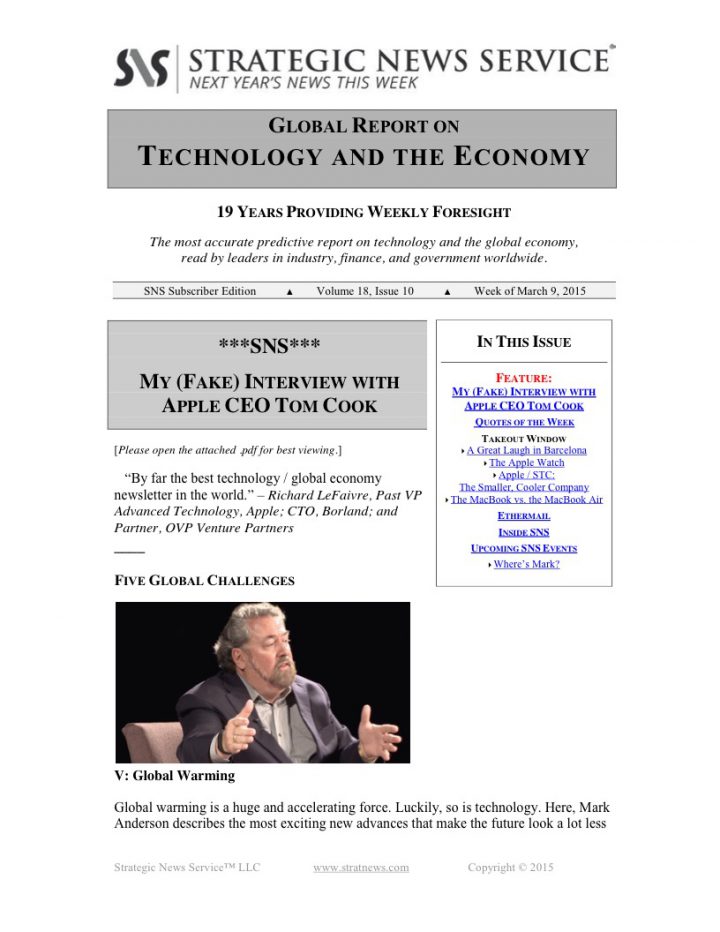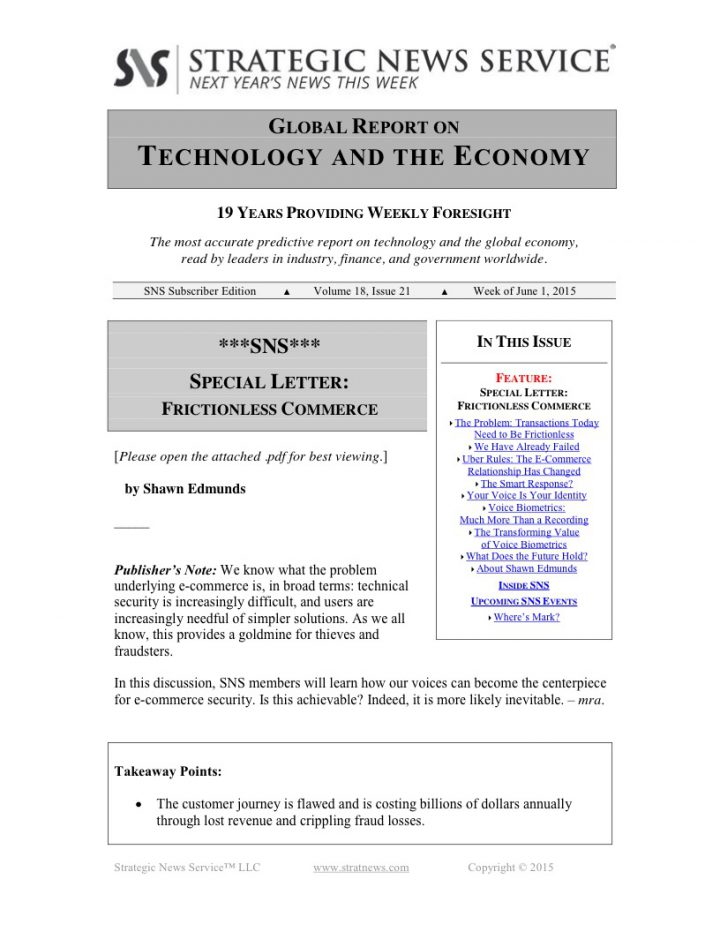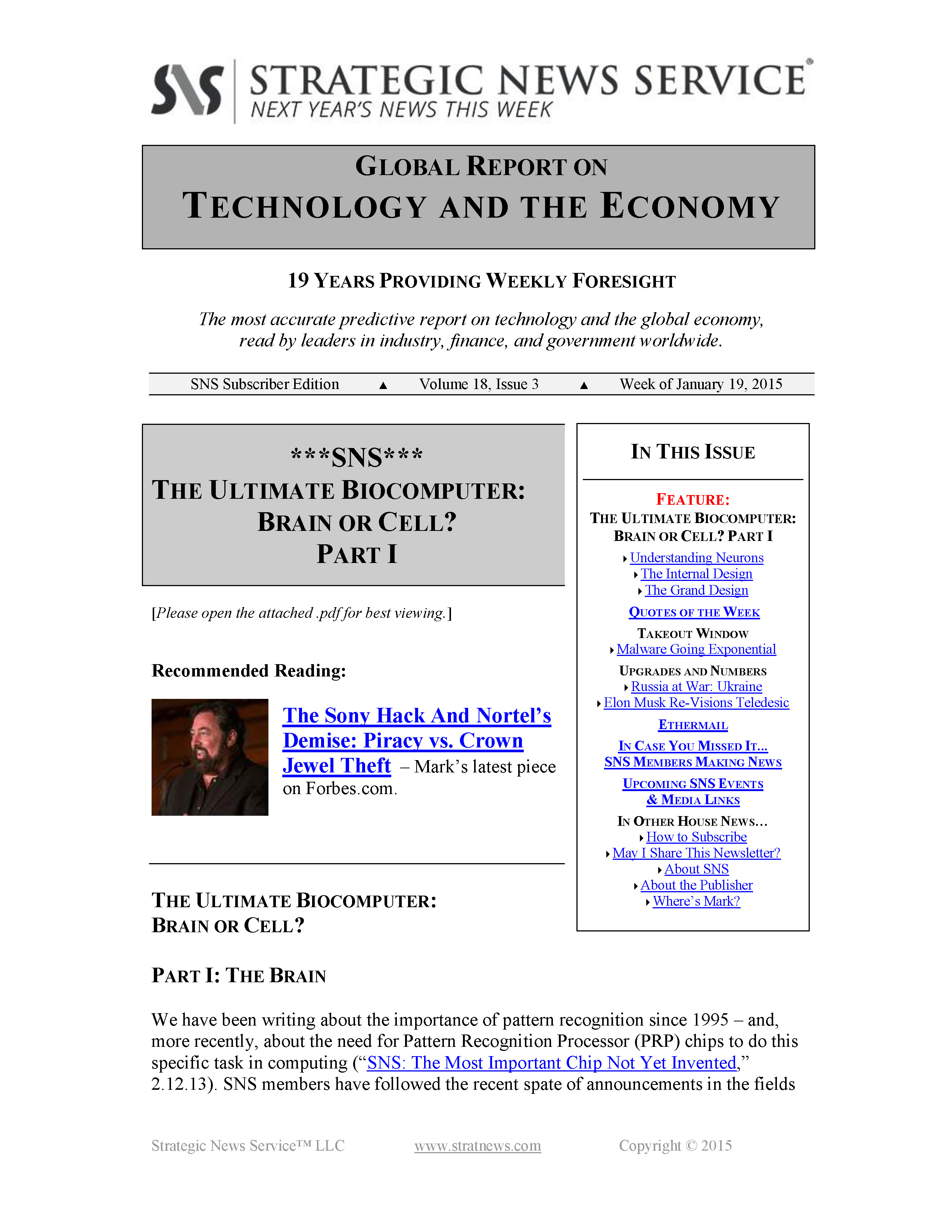In This Issue
Vol. 26 Issue 30
Getting to Zero
- How to Reverse Climate Change
- We Have the Technology
—
The role of technology in fixing the climate crisis and driving us to a better future.
Last week’s Global Report walked us through the potential for the climate crisis to become unmanageable on a shorter timeline than most of us might have expected. This year, in fact, we have put out a number of reports focused on that theme, such is its urgency.
That “tipping points” are occurring across all ecosystems (from methane burps in the tundra to hidden lakes of already defrosted water under Greenland’s ice sheet) should have been obvious to all of us. This week’s IPCC report was filled with countless examples and again offers us timelines and last-minute warnings that will almost surely be moved up as we continue to add greenhouse gases to our environment.
So, as with any crisis, after recognizing the problem comes the important question: what about solutions? SNS is focused, after all, on technology and how to solve the world’s greatest problems. Worryingly, at times we see some rather uninformed debates taking place among the general public that effectively fall along the lines of “Technology can’t help us – it’s what got us here.” While the second part is true, the first is definitely not.
It is always helpful to remember that a system should not surprise us when it does what it was built to do. Gasoline cars do a very good job of burning “cheap” gas to get us somewhere quickly. So, too, do steel mills do an excellent job of burning an immense amount of energy to make high-quality steel. Agriculture produces a massive, previously unimaginable amount of food with less land than ever before. They all do what they were designed to do, and they do it well; they simply weren’t designed to protect the environment.
There are many ways that the technology industry can lead to more knock-on environmental effects, but things like rare-earth metals and lithium mining are exactly the kinds of issues that should encourage us to innovate further, rather than give up. Indeed, we already are.
Given that we, as a species, are quite good at building tools that do what we want them to do, we can draw a rather obvious conclusion about the climate crisis: Time to innovate. Getting to zero emissions sounds daunting if you think of all the moving parts at once. Luckily, we don’t have to. We just need to innovate quickly in each category we specialize in, and collectively, we can get there.
As Helen Lewis aptly put it in her piece in the Atlantic this week titled “I’ve Hit My Climate Tipping Point”:
We have messed up quite badly, for some noble reasons, such as lifting people out of poverty, and some less noble ones, such as enriching the shareholders of fossil-fuel companies. But the same ingenuity that got humanity here, the ingenuity that created the internal-combustion engine and the airplane and the power station and the megafarm, is what can save us…. The first thing to do is let the fear in, without letting it paralyze us. This isn’t fine.
So what do we do next?
Let’s answer that question.
….
Additional information
| Focus Channels |
|---|
SKU: SNS-2021-08-11 - Need Help? Contact Us Leave Feedback
Categories: 2021 Issues, Back Issues

